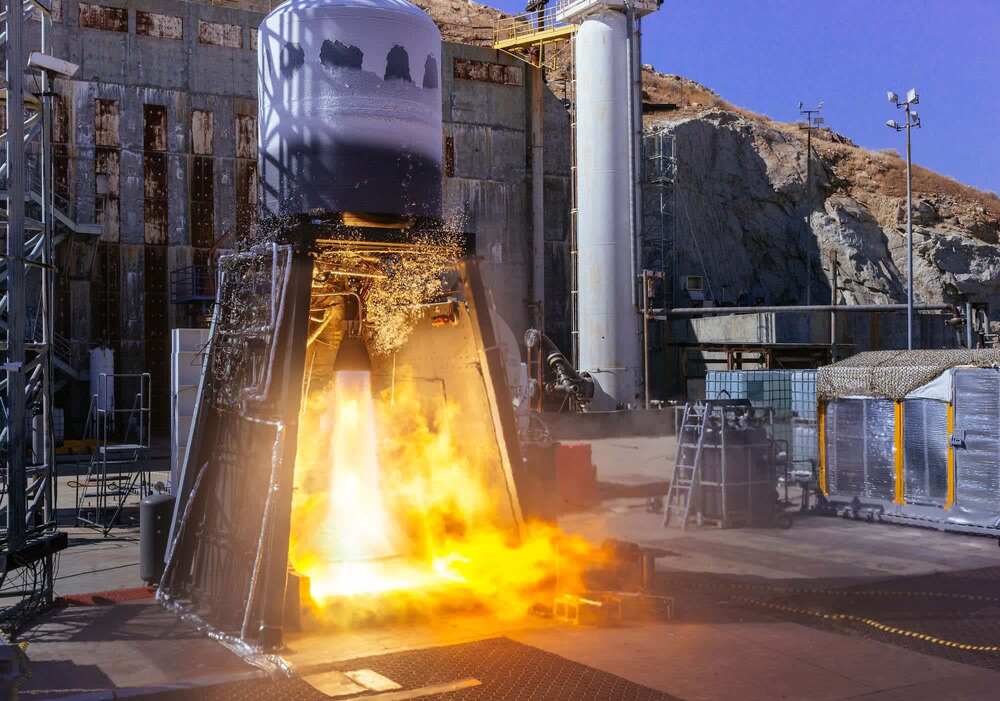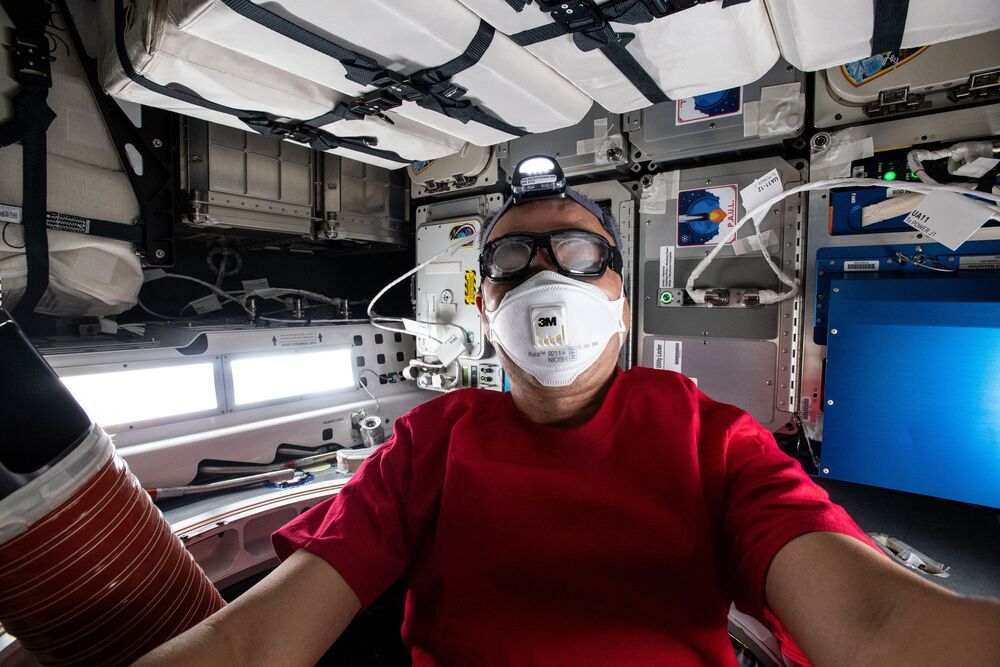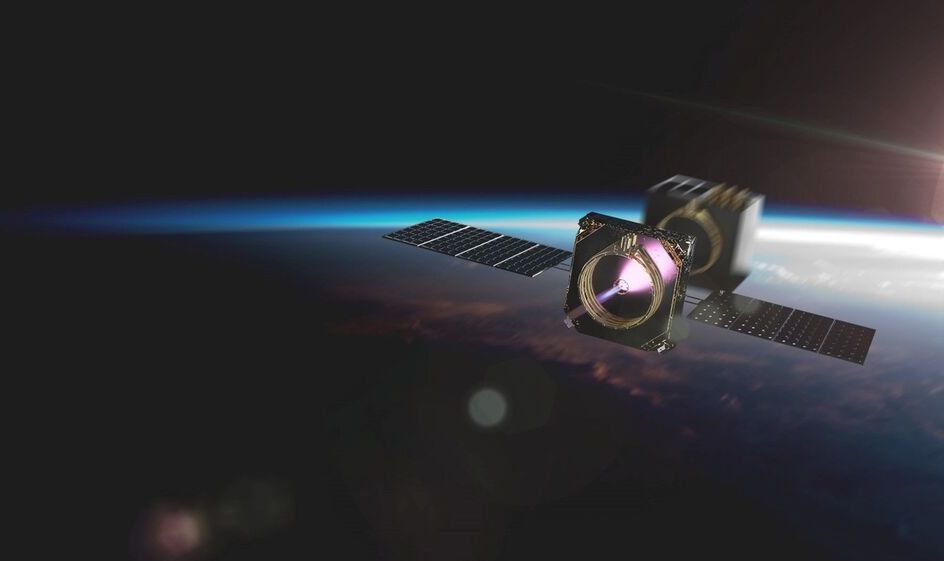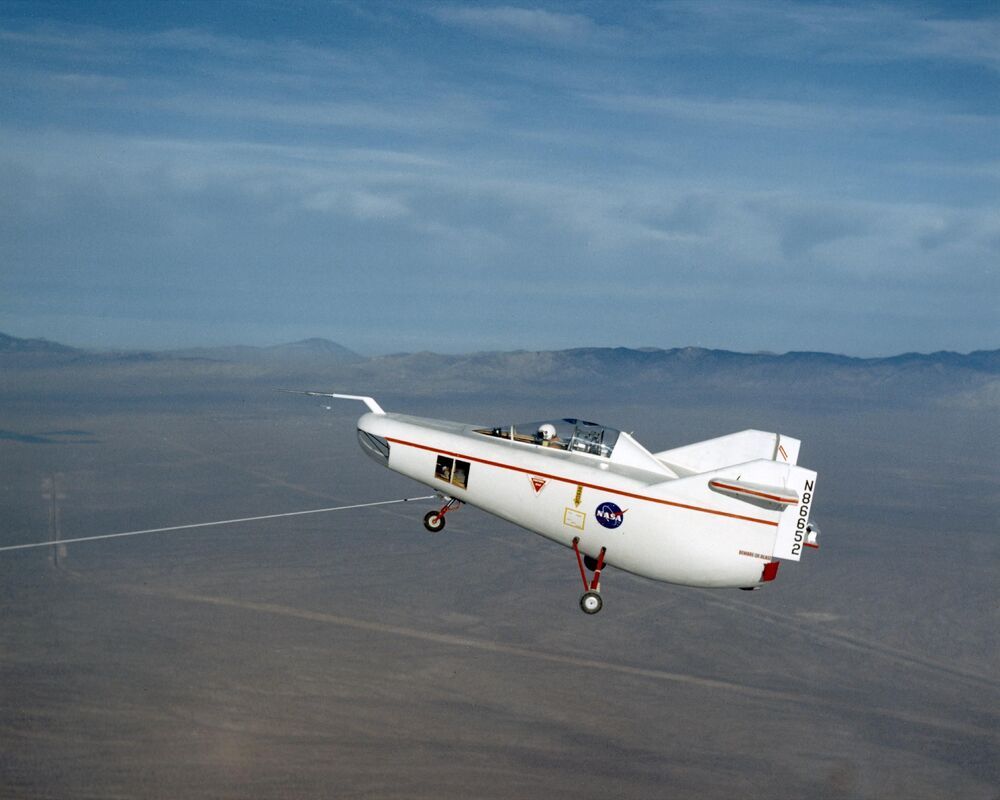Elon Musk’s company SpaceX is building a vehicle that could transform space travel.
Category: space travel – Page 291

Los Angeles rocket startup ABL Space aims for first launch as early as March
EL SEGUNDO, California — Rocket building startup ABL Space, founded by veterans of SpaceX and Morgan Stanley, is in the final stretch of preparations for its inaugural launch from Vandenberg Air Force Base.
“We’re tracking toward vehicle readiness in March,” ABL president and CFO Dan Piemont told CNBC on Monday during a tour of the company’s Los Angeles-area facilities.
“We’re working on the last bits of scheduling with the [Vandenberg launch] range. We do think that could push us into Q2, so right now no earlier than March but no later than June is the plan,” Piemont added.

An Update on the Green Run Hot Fire Test for Artemis I on This Week @NASA – January 8, 2021
An update on the Green Run hot fire test for Artemis I, a commercial cargo spacecraft leaves the space station, and innovative ideas for exploring unexplored areas of the Moon … a few of the stories to tell you about – This Week at NASA!
Download Link: https://images.nasa.gov/details-An%20Update%20on%20the%20Gre…08,%202021
Producer: Andre Valentine.
Editor: Sonnet Apple.
Music: Universal Production Music




Momentus delays first Vigoride launch
In-space transportation provider Momentus is delaying its first operational mission because of delays completing an interagency review.
WASHINGTON — In-space transportation provider Momentus is delaying its first operational mission, which was to fly on a SpaceX Falcon 9 later this month, because of delays completing an interagency review.
In a Jan. 4 statement, Momentus said the flight of its first Vigoride tug, which was to be part of the payloads on a Falcon 9 dedicated rideshare mission launching as soon as Jan. 14, will be delayed to later in the year because it was unable to get approval from the Federal Aviation Administration for the mission.
“This move will allow for the additional time necessary to secure FAA approval of Momentus’ payloads, including completion of a standard interagency review,” the company said in a statement.
SpaceX’s Starship SN9 prototype fires its engines for the 1st time
The SN9 vehicle’s three engines lit up for about one second today (Jan. 6) at 5:07 p.m. EST (2200 GMT) during a static-fire test at SpaceX’s South Texas facilities, near the Gulf Coast village of Boca Chica.
Static fires, in which rocket engines blaze while a vehicle remains anchored to the ground, are a routine preflight checkout. And SN9 (“Serial No. 9”) will indeed get off the ground soon, if all goes according to plan: SpaceX is prepping the vehicle for a test flight that’s expected to be similar to the epic one made last month by its predecessor.
